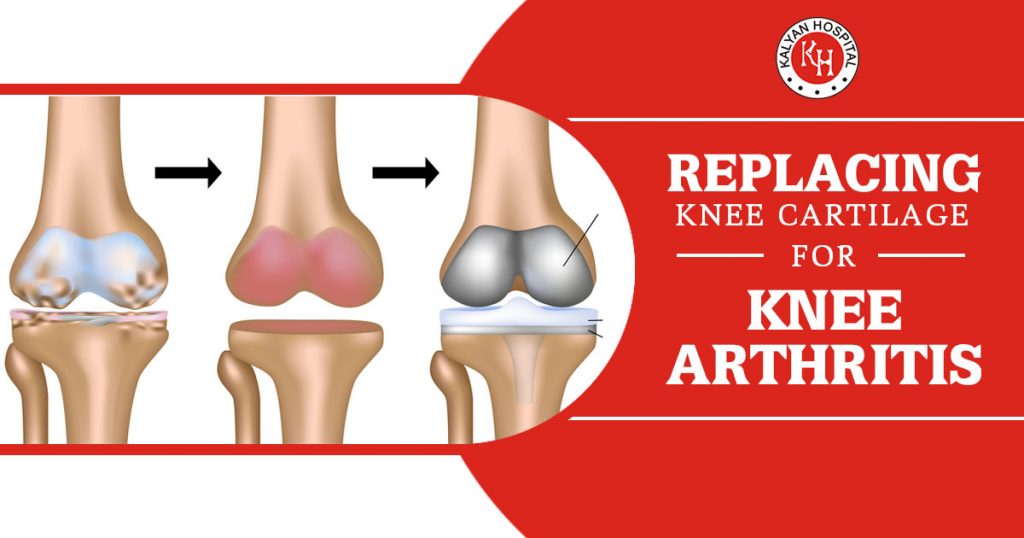[vc_row][vc_column][vc_column_text]
Cartilage replacement is explained as a surgical procedure that is performed by surgeons to replace the shabby cartilage with the fresh cartilage. This procedure provides relaxation to arthritis patients. Here in this article, we are going to discuss cartilage replacement as a treatment for knee arthritis in detail.
Knee arthritis is explained as a condition that causes damage to the cartilage and joints which helps the knees to function ordinarily. Once the knee damage has occurred, you are not able to regenerate shabby cartilage. However, medications are performing is a little bit better in dealing with cartilage issues and maybe the patients can cure and relax their arthritis issue for a small period.
Knee Arthritis:-
Numerous patients who are suffering from knee arthritis requires a solution for their concern rather than going for surgery of an artificial joint replacement. Arthritis results in joint issues due to the loss of knee cartilage. Some typical symptoms of arthritis include:-
- Knee pain
- Swelling
- Inflammation
As the arthritis problem progresses the above-mentioned signs of knee arthritis tend to worsen. Therefore, the final and logical conclusion is drawn that the patient must replace their damaged cartilage with new cartilage. If you are also suffering from knee arthritis then you should consult with your reputed arthritis doctor.
Problems With Replacing Worn Cartilage:-
Cartilage is termed as a complex tissue for cartilage to function properly. Cartilage can be able to hold marvelous forces. If surgeons inject the cartilage simply into a joint then it is not going to serve a useful purpose, and the cells will be damaged in a short time. The problem of replacing the shabby cartilage with new cartilage is that no one will be able to find out a way for the body to have new cartilage and permit the cartilage to match to the joint surface.
Growing Cartilage in the Lab
There are many surgical procedures are available for cartilage replacement in which the surgeon uses cartilage cells which has been collected from a patient and then copied those cells and reproduced in a lab. After that, surgeons reinserted those cartilage cells into the patient. However, surgeons insert these cartilage cells into relatively cartilage small voids rather than the resurfacing of a worn-out arthritic joint.
How Cartilage Replacement Can Work
- Adherence: Cartilage creates a thin lining on the bone end from where it Finds a way for cartilage to match to the bone, which is difficult.
- Joint Damage: In the development of knee arthritis, the joint gets more damaged in additional time. The damage may include bone spurs formation and the flattening of normal end bone.
If you are planning for this surgery then you should choose the best surgeon so that the surgery is done by the safe hands.[/vc_column_text][/vc_column][/vc_row]



























